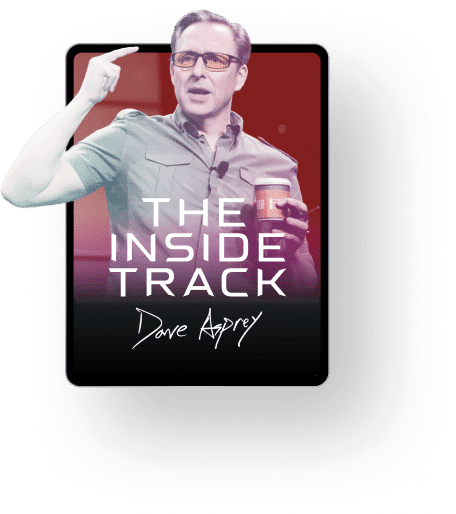[tldr]
- Stem cells have a reputation for being an ultra-advanced, super expensive, and controversial biohacking procedure.
- That’s changing. Treatments that you once had to go overseas to get are now available all over the U.S..
- The government already approved stem cells as a treatment for a narrow assortment of cancers, and as safety and knowledge around stem cells expands every day, a wider range of applications should follow.
- Keep reading to find out what a stem cell does and to see what happens at the stem cell clinic.
[/tldr]
Stem cells have a reputation for being an ultra-advanced, super expensive, and controversial biohacking procedure. That’s changing at lightning speed. Just a short time ago, most people who wanted stem cell treatments had to go overseas to get it. Now, there are stem cell clinics all over the U.S., and regenerative medicine, the science behind tissue repair, is solidifying into an accepted medical discipline.
Stem cell research breakthroughs are happening every day. For example, scientists have been able to create primitive human kidneys and restore vision in blind patients using stem cells.
Costs have already fallen through the floor. As more and more facilities begin to offer stem cell procedures, you’re going to see costs come down even more. When the government starts approving stem cells as a legitimate treatment, you may someday get treatments covered by insurance. As of now, stem cell treatments are not approved for injuries and overall aging benefits, even though people use them for just that.
The government already approved stem cells as a treatment for a narrow assortment of cancers, including cancers of the blood and bone marrow, and as safety and knowledge around stem cells expands every day, a wider range of applications should follow.
Keep reading to find out what a stem cell does and to see what happens at the stem cell clinic.
Instantly download a 30-day program to upgrade your mind and body.
What are stem cells?

Stem cells are cells that are undifferentiated — meaning, they’re not assigned a cell type, like bone cells and nerve cells, when they’re in stem cell form. Depending on what kinds of stem cells you’re talking about, they can differentiate into many different types of cells to build brand new organs when you’re a fetus, or regenerate and repair damaged tissues when you’re an adult.
Types of stem cells

You have several types of stem cells in your body right now, and other types are available for treatments.
Adipose-derived stem cells
You get adipose-derived stem cells from your adipose tissue, aka your fat cells. These are ideal for regenerative therapies like IV stem infusions for overall resilience, because you can extract them over and over without much pain or risk of infection.[ref url=”https://www.ncbi.nlm.nih.gov/pmc/articles/PMC5040903/”]
Mesenchymal stem cells (from your bone marrow)
To get to mesenchymal stem cells, you have to get to your bone marrow, which is as painful as it sounds. Mesenchymal cells can differentiate into some of the same types of cells as adipose-derived stem cells, and also into different types of cell lines. Your doctor will know which types to use for your goals.
VSEL stem cells – very small embryonic-like stem cells
You have a small number of very small embryonic-like stem cells (VSELs or V-cells), circulating in your bloodstream. These are made in the bone marrow and organs,[ref url=”https://www.sciencedirect.com/science/article/pii/S0531556508001642″][ref url=”https://link.springer.com/article/10.1007/s12015-008-9018-0″] and are small enough to cross the blood-brain barrier.[ref url=”https://link.springer.com/article/10.1007/s12015-008-9018-0″] Extraction is as simple as a blood draw, but they’re more plentiful in umbilical cord blood. VSEL treatments are a cutting-edge science that not many stem cell centers offer to the public yet. It’s legal to use them in humans for research, but not yet approved as a treatment.
Cord blood stem cells and placenta stem cells
Instead of extracting your own stem cells, you can purchase stem cells that have been harvested from newborn umbilical cords and placentas that have been donated and would otherwise be incinerated and disposed of.
Stem cell secretions
The fluid that stem cells secrete is rich in growth factors, which are a mix of vitamins and hormones that stimulate cell growth. This is how stem cells signal for repair and anti-inflammatory compounds to promote healing.[ref url=”https://www.ncbi.nlm.nih.gov/pmc/articles/PMC4197270/”] Some stem cell clinics will offer stem cell fluid in combination with stem cells themselves.
What does a stem cell do?

There’s a common misconception that stem cells float around your body and become whatever they need to become. That’s not the full story. Here’s what actually happens.
The stem cells that are already in your body will sense things like:[ref url=”https://www.ncbi.nlm.nih.gov/pmc/articles/PMC4197270/”]
- Low oxygen (hypoxia)
- Inflammation
- Abnormal cell proliferation (tumors)
Stem cells will migrate to the site of these stimuli and hang out there for a few weeks. While there, they will secrete a fluid that is rich in anti-inflammatory compounds, chemicals that regulate the immune system, antitumor compounds, and growth factors for regeneration.[ref url=”https://www.ncbi.nlm.nih.gov/pmc/articles/PMC4197270/”]
So, if you’ve hurt your wrist, you probably tore up your collagen. Stem cells will sense inflammation, and the stem cell juice will signal to your fibroblasts (collagen-producing cells) to start linking up amino acids to make collagen for the injury site.
Related: How Adult Stem Cells Can Help Stop Pain and Reverse Aging
If your body does this already, why do you need a doctor to take stem cells out and put them back in?
 Your body’s own healing mechanisms only take you so far, and your pace of healing and repair declines with age. That’s where regenerative medicine comes in. There are two main reasons stem cell clinics can boost healing and regeneration using stem cells: growth, and direction.
Your body’s own healing mechanisms only take you so far, and your pace of healing and repair declines with age. That’s where regenerative medicine comes in. There are two main reasons stem cell clinics can boost healing and regeneration using stem cells: growth, and direction.
Stem cell growth
Depending on your treatment goals, the doctor may extract your stem cells and put them right back in, or opt to grow your cell line, or reproduce them in a culture dish. If you plan to get a series of treatments or get on a stem cell maintenance program, it may be a good idea to grow the cell line so that you don’t have to extract them over and over. They’ll be ready when you are.
How labs grow stem cells
After the doctor extracts your stem cells, they will flash-freeze them and send them to a lab for culture. From there, the lab thaws your vial and spins it in a centrifuge to separate out the live stem cells. Stem cells are immediately placed into an incubator with a “feeding” solution — a mix of growth factors, amino acids, and other compounds to encourage cell replication. Lab technicians feed and monitor the cell culture every day, and freeze and send them back when ready.
That means you’ll need two appointments — one to extract your cells, another several weeks later to use them.
Targeted regeneration with stem cells
Once the doctor has your stem cells, she can then put them back into your body. If your goals are to address an injury or arthritis, the doctor can simply inject them into the injury site.
If the goal is to act on your aging clock, improve the body process you cannot see, and increase your overall resilience, the doctor may administer stem cells intravenously (IV). That way, the stem cells can course through your bloodstream and find their home in areas of low-level inflammation that you don’t even know you have.
Who should get stem cell treatments?
 Stem cell treatments will be much more common in the near future than they are now. For now, people get stem cell treatments to address things like:
Stem cell treatments will be much more common in the near future than they are now. For now, people get stem cell treatments to address things like:
- Injuries
- Arthritis
- Localized pain (muscles, joints)
- Cancer
- Autism
- Multiple Sclerosis
- Parkinson’s disease
- Alopecia (hair loss)
Stem cells have not been approved as a therapy for many of these conditions.
Clinics will also administer IV stem cells for general wellness and as an anti-aging preventive measure, and the procedure can be repeated yearly or twice a year. The idea is that stem cells in your bloodstream will find places in your body in need of repair and distribute to multiple sites to strengthen them.
“The two main contributors to aging are inflammation and oxidation,” says Dr. Harry Adelson in an episode of Bulletproof Radio (iTunes) featuring himself and Dr. Amy Killen, both doctors of regenerative medicine at Docere Medical in Utah. “Your body’s biologic aging really is a response to how well you can cope with and respond to inflammation and oxidation. Both of those processes are entirely controlled by stem cells.”
Stem cells aren’t just about injuries. The hallmark of a youthful body is your cells’ ability to recover from everyday stresses and strains. As long as you get as much out of its way as possible, your body’s ability to heal itself is amazing. Stem cell therapy takes self-healing a step further. Working with a qualified doctor to direct the stem cells that you already have can make incredible strides in reversing aging and recovering from injuries and everyday wear and tear to reverse your aging clock.



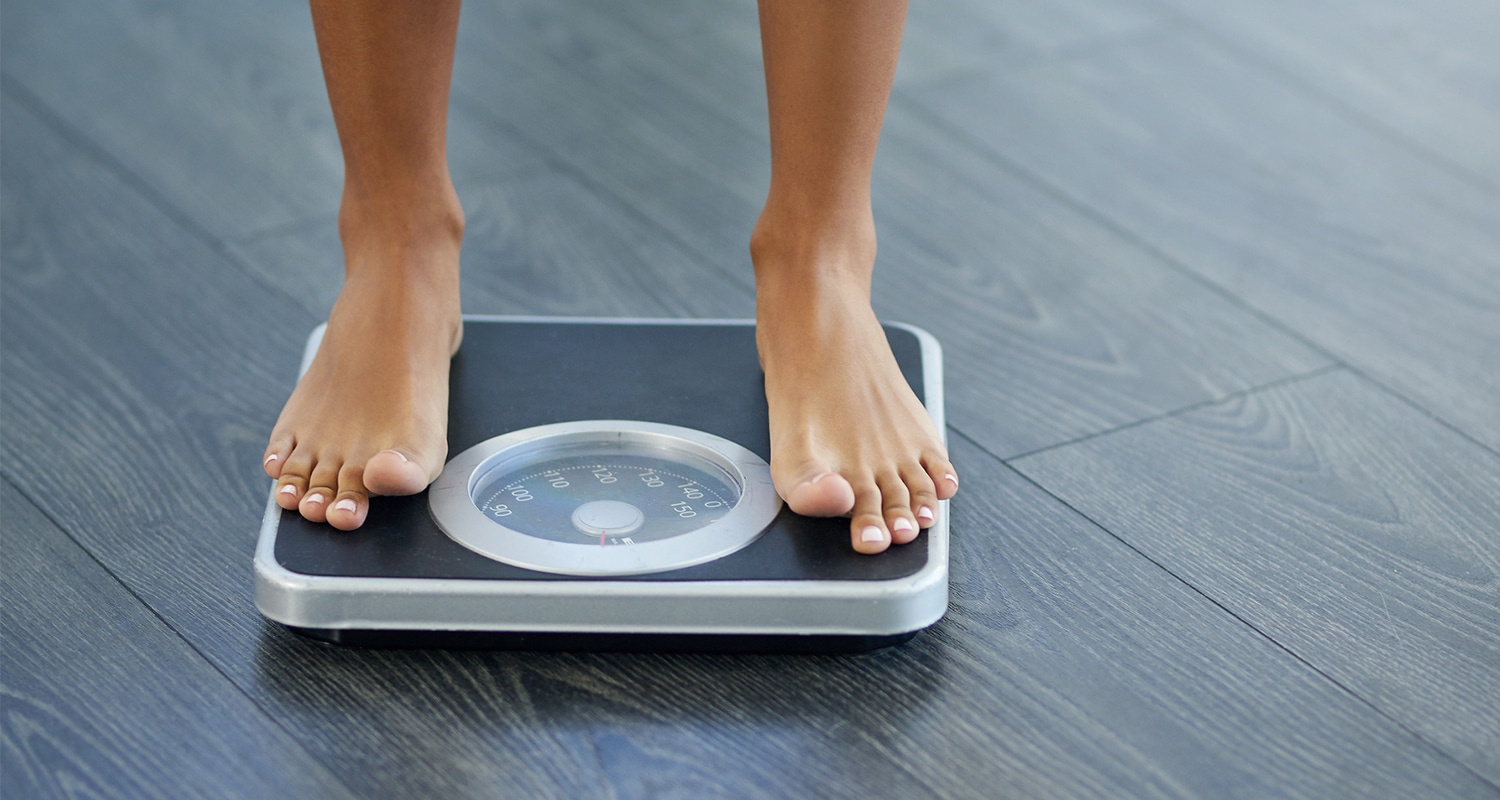 If you
If you  Hormones present a unique challenge to women that male keto-dieters don’t have to reckon with. “The ketogenic diet is an endocrine-based diet, meaning we are relying on hormones to run the show, unlike other diets where calories in/calories out have a larger significance. Because of this, when women go keto, if we have any hormone imbalances, they’re often brought to the surface,” Vogel explains.
Hormones present a unique challenge to women that male keto-dieters don’t have to reckon with. “The ketogenic diet is an endocrine-based diet, meaning we are relying on hormones to run the show, unlike other diets where calories in/calories out have a larger significance. Because of this, when women go keto, if we have any hormone imbalances, they’re often brought to the surface,” Vogel explains.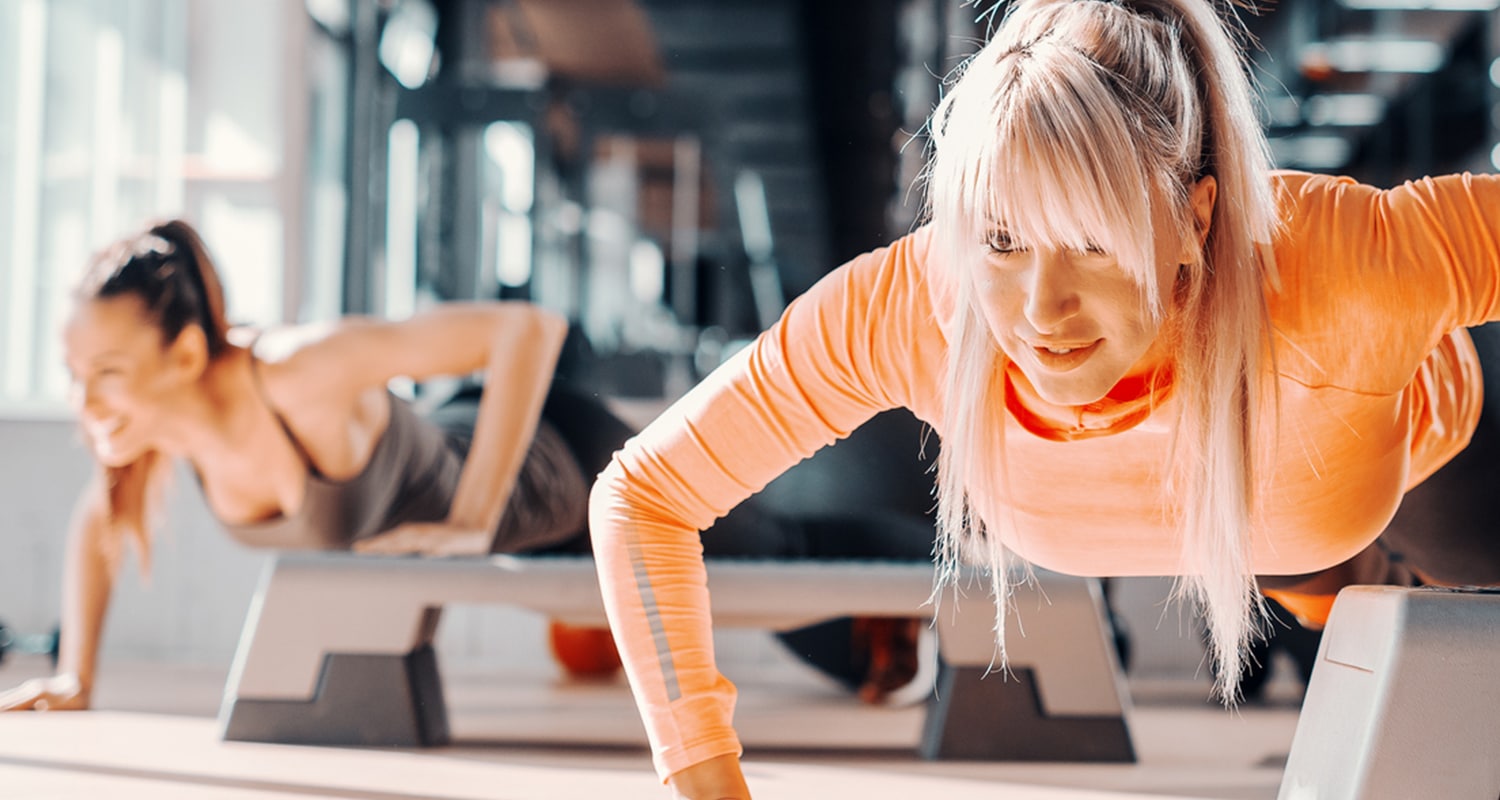 Yes, keto is a low-carb diet. However it’s possible that you’re restricting your carbs too much — experts say they see this especially with female clients. In addition to affecting your hormones, this could impact your exercise routine. “Your body might not be getting what it needs for balance,” Vogel says.
Yes, keto is a low-carb diet. However it’s possible that you’re restricting your carbs too much — experts say they see this especially with female clients. In addition to affecting your hormones, this could impact your exercise routine. “Your body might not be getting what it needs for balance,” Vogel says.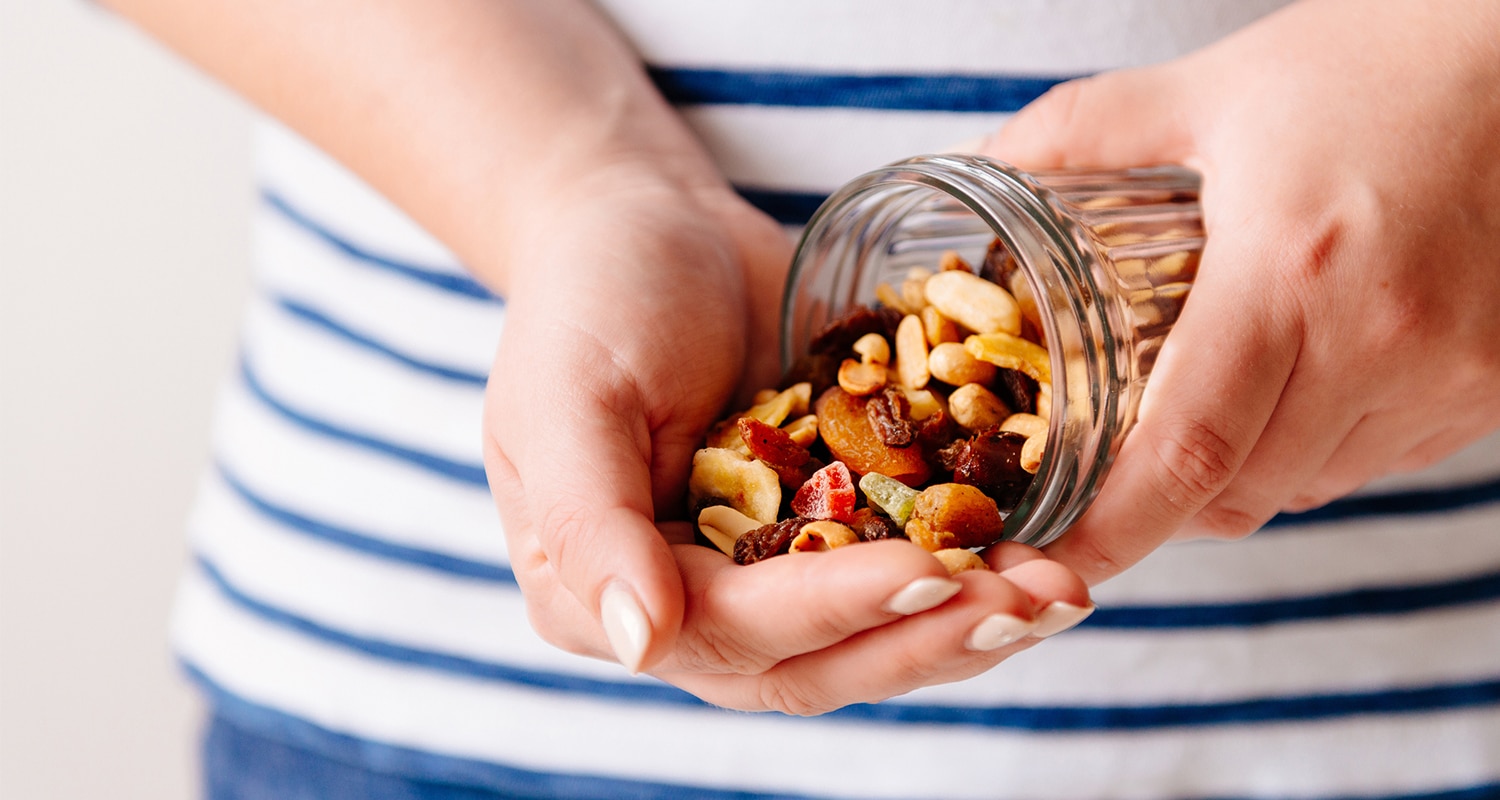 “Women are told we can do it all, so that means we feel like we have to do it all,” Freeman says. The combination of this increased pressure and diminished sense of self worth can send some women down the path of emotional eating — and off keto.
“Women are told we can do it all, so that means we feel like we have to do it all,” Freeman says. The combination of this increased pressure and diminished sense of self worth can send some women down the path of emotional eating — and off keto.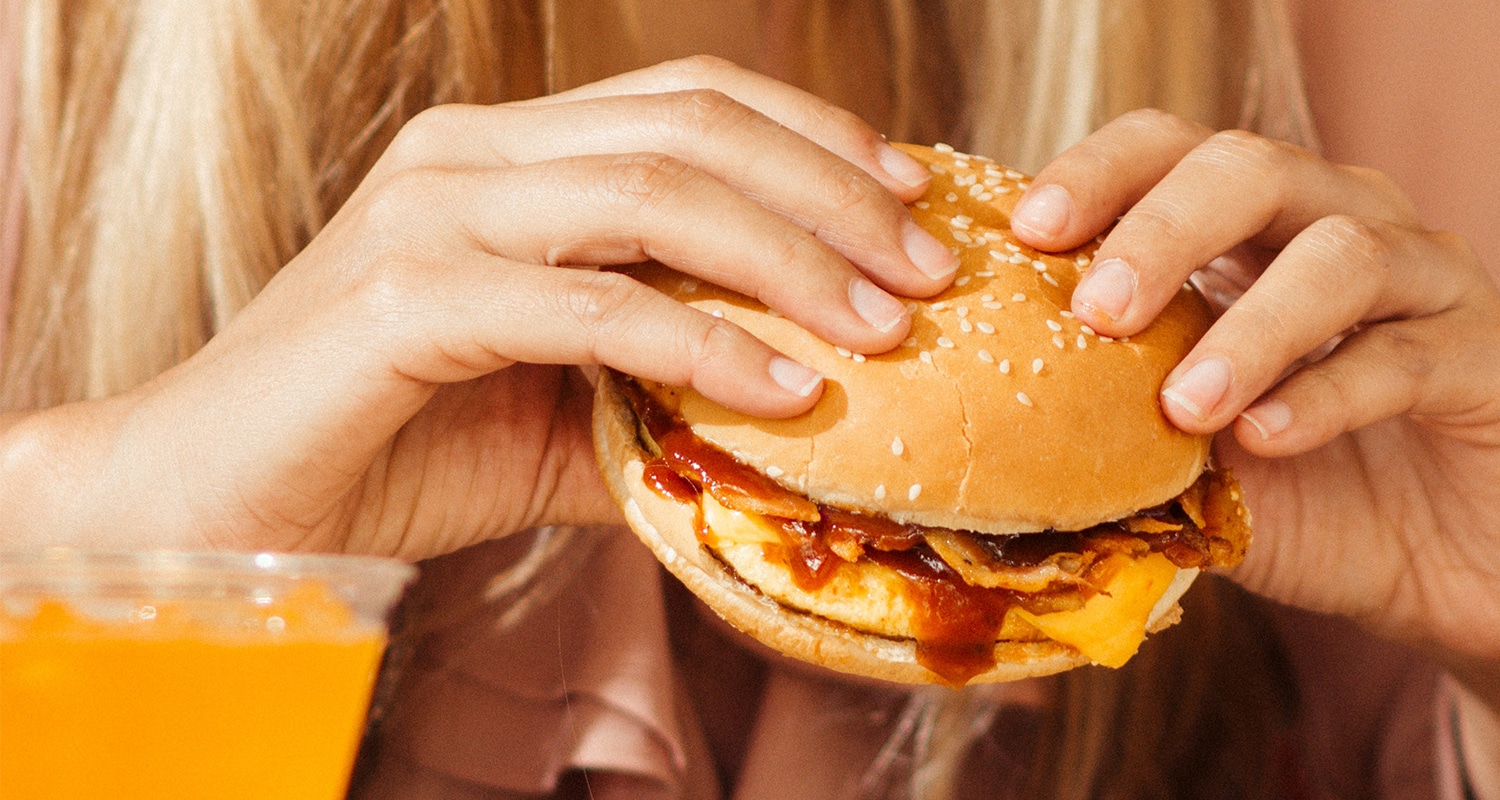 Change your mindset: Simply sticking to keto poses a hurdle for many women — one that can be overcome, in part, with a shift in mindset, says Ryan. “I think especially for people who struggle with weight, it’s easy to go into a new way of eating with a mindset that you have to do it because you have to lose weight. It feels like a punishment,” she says. “For me, it was helpful to shift from the mindset that there was something I couldn’t eat to the mindset that I didn’t want to eat those foods because of how my body would react to them.”
Change your mindset: Simply sticking to keto poses a hurdle for many women — one that can be overcome, in part, with a shift in mindset, says Ryan. “I think especially for people who struggle with weight, it’s easy to go into a new way of eating with a mindset that you have to do it because you have to lose weight. It feels like a punishment,” she says. “For me, it was helpful to shift from the mindset that there was something I couldn’t eat to the mindset that I didn’t want to eat those foods because of how my body would react to them.”